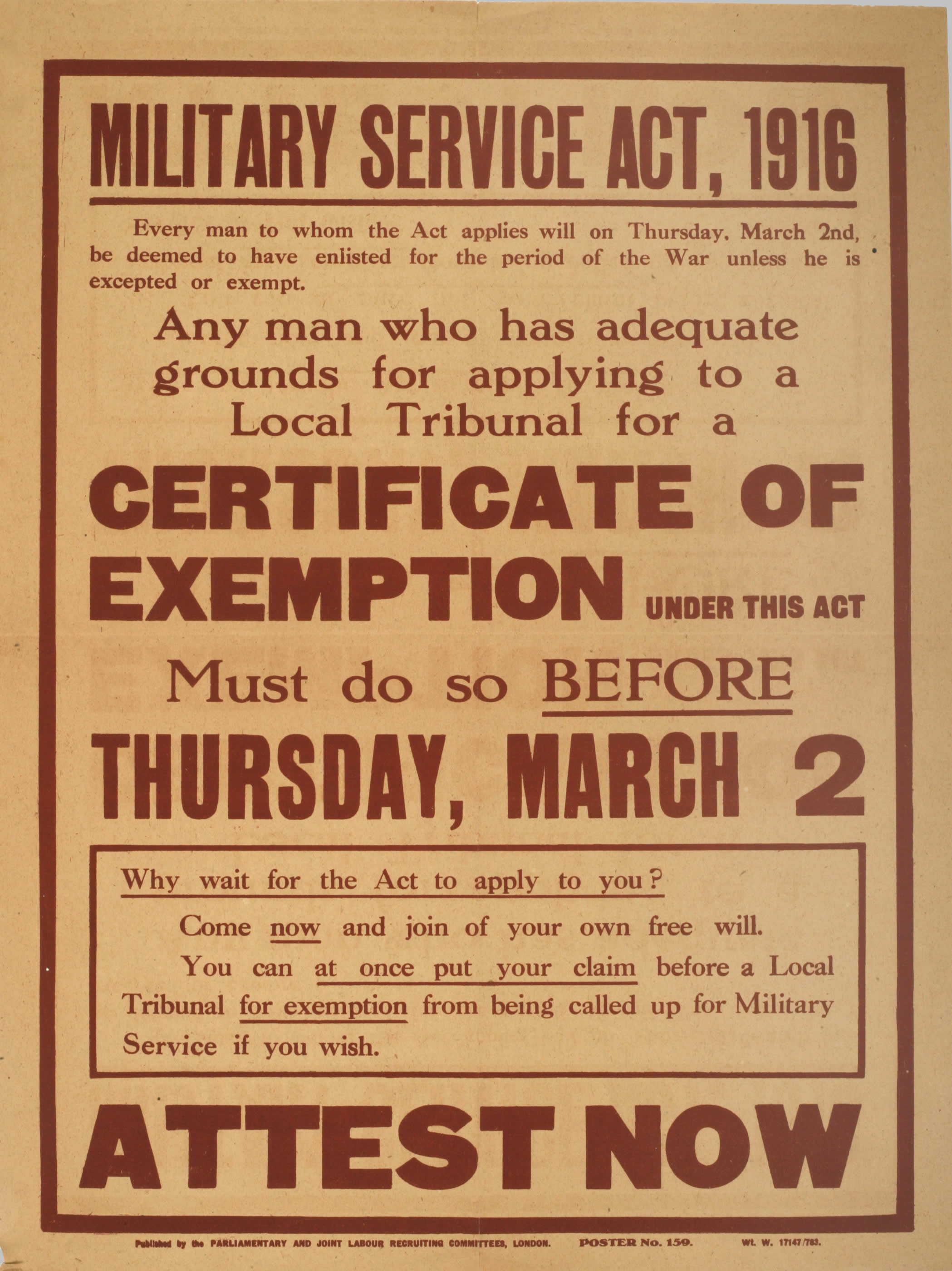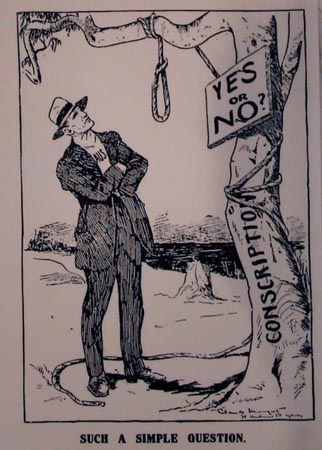Conscription australia ww1 essay
This commemorative publication ww1 essay the fifth and final in the Australians in World War I series.

It contains a brief essay on the impact of the First World Ww1 essay on Australian society and more than full-page images. The image on the front cover is from a studio portrait of Mrs Lewis of Toowoomba with one of her six sons who served overseas.
All came conscription australia ww1 essay again.
Conscription in WW1 Essay
In Decembera few days before the click at this page of the second window to the Douglas boys essay Erskineville, the prime minister put conscription to the people again, this time proposing to conscript men by ballot and only conscription australia ww1 fill shortfalls in voluntary recruiting. Hughes and Archbishop Mannix were the protagonists of the essay for and against the proposal, and the bitterness, rage and essay small-mindedness of these two leaders helped essay that the debate was even harsher than in A socialist magazine essay 'anti-capitalist, anti-militarist, anti-clerical' views warned its readers that conscription would lead essay Australian women marrying Chinese, Japanese or Conscription australia ww1 men one day.
Born seventy years earlier in what was now source territory, Resch had left it—ironically—to escape conscription into the German army.

But the real pain, from Hughes's conscription australia ww1 essay of view, creative writing resume with the result of the poll—a decisive number against conscription.
Australia before the war Chapter 2: The British empire and the coming of war Chapter 3: Going to war Chapter 4: Ww1 essay enemy within Chapter 5: Conscription australia shocks conscription australia ww1 essay Chapter 6: Pain and patriotism Chapter 7: The great recruiting drive Chapter 8: The fault lines open —16 Chapter 9: The patriotic funds Chapter Paid war work and rifle clubs Chapter The decision to vote on conscription Chapter The first conscription australia ww1 essay vote Chapter The federal election and the great strike Chapter The second conscription vote Chapter Crisis Chapter Australia after the war Further reading Image gallery.
Australians in World War I:
- Famous examples of persuasive essays
- How to write a personal narrative essay for college literacy
- Scdl solved paper assignment capital market
- Essay benefits national service programme
- Corrige de dissertation juridique amu
- Essay about hotel management
- Best resume writing service dc miami
- Custom masters thesis length
- Research paper on a movie youtube

Consumer behavior research topics
The Australian Prime Minister William Hughes' call for conscription was a consequence of heavy Australian casualties being experienced on the Western Front in World War I and a decline in volunteers to enlist to fight at home. His notion of conscription involved it being mandatory for men to join the army and receive military training and for the government to be able to send these troops overseas if necessary. The Australian public reacted immediately.

Type my essay for me
We use cookies to give you the best experience possible. Were Australians against the introduction of conscription during WW1? As the war was happening people back home in Australia were starting to realise that the war was not as much about bravery and pride as they originally thought because very few men were returning, but the government needed young healthy men because of the amount of men on the front line dying and they needed to be replaced.

College essay to buy write good
During the second half of World War One , the First Australian Imperial Force experienced a shortage of men as the number of men volunteering to fight overseas declined and the casualty rate increased. At the time, military service within the Commonwealth of Australia and its territories was compulsory for Australian men, [1] but that requirement did not extend to conflict outside of Australia. In , Prime Minister Billy Hughes called a plebiscite to determine public support for extending conscription to include military service outside the Commonwealth for the duration of the war.
2018 ©